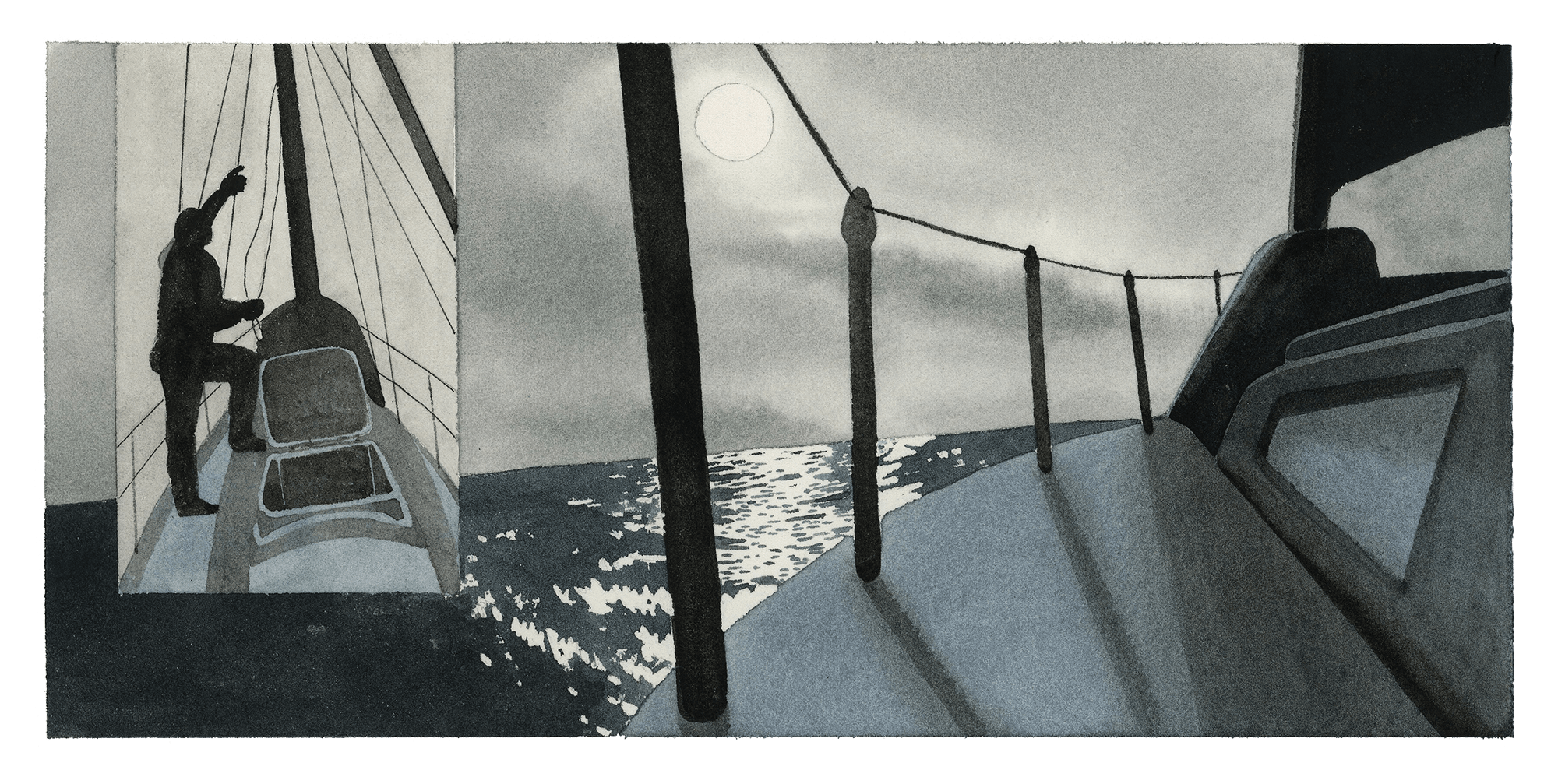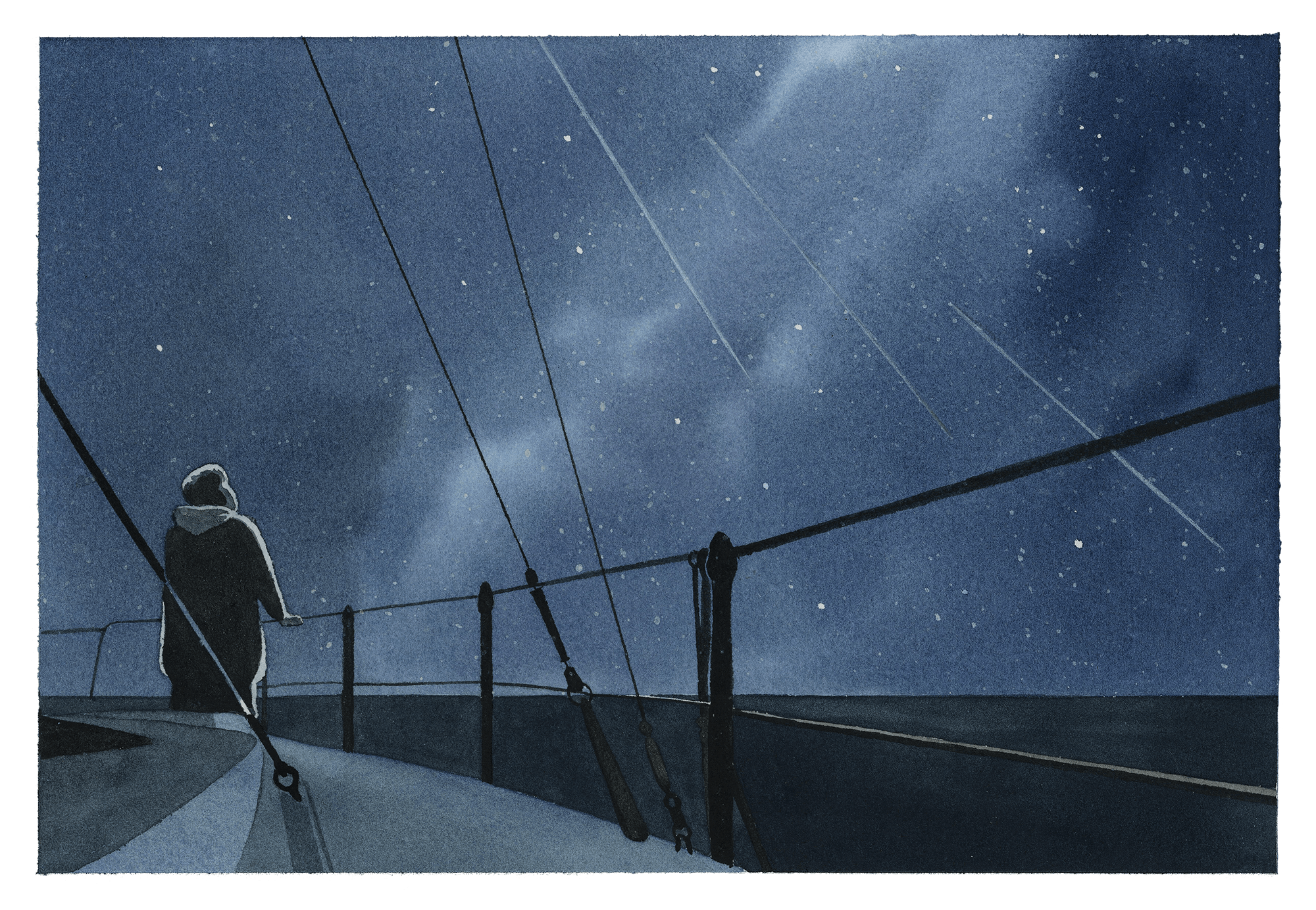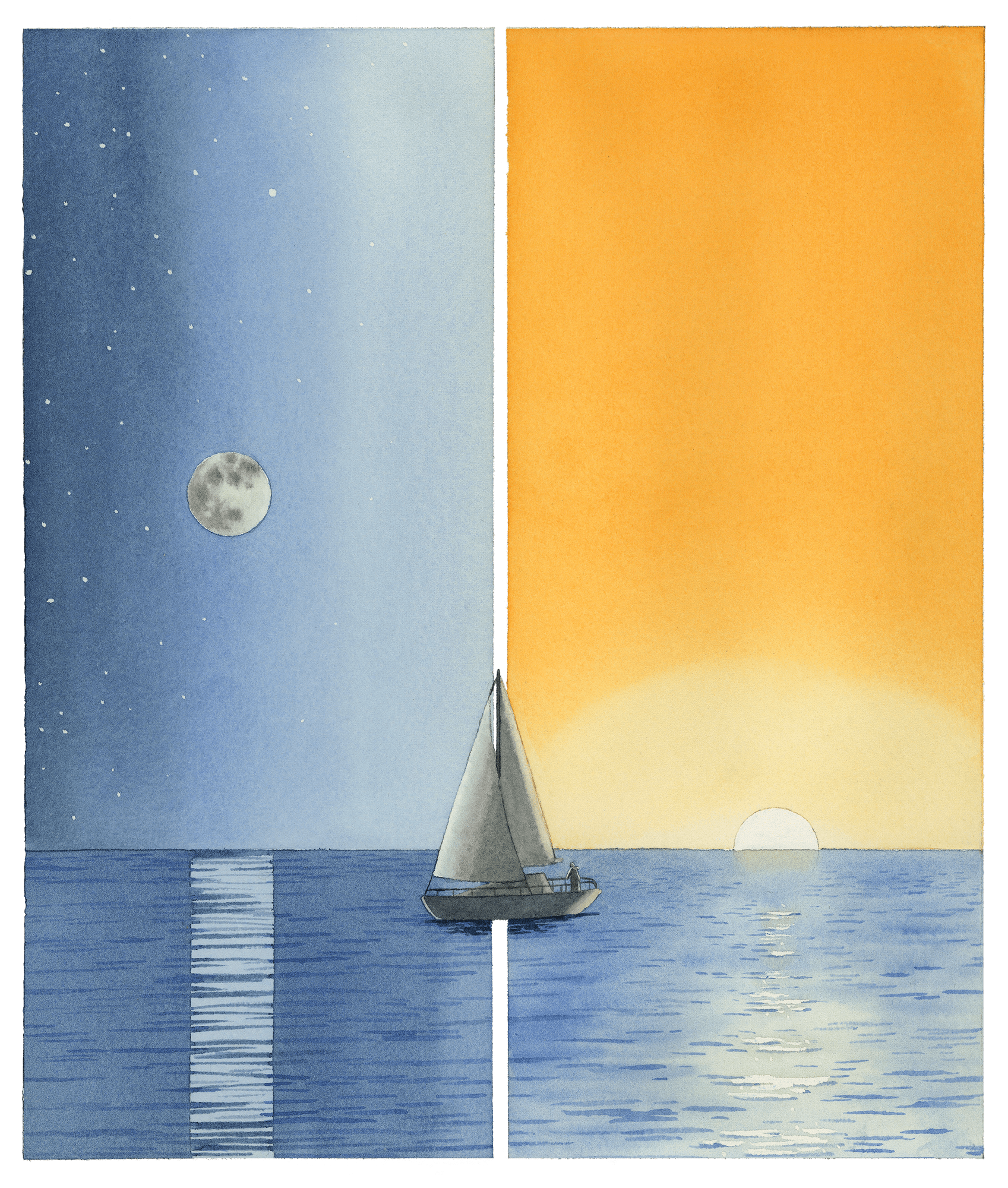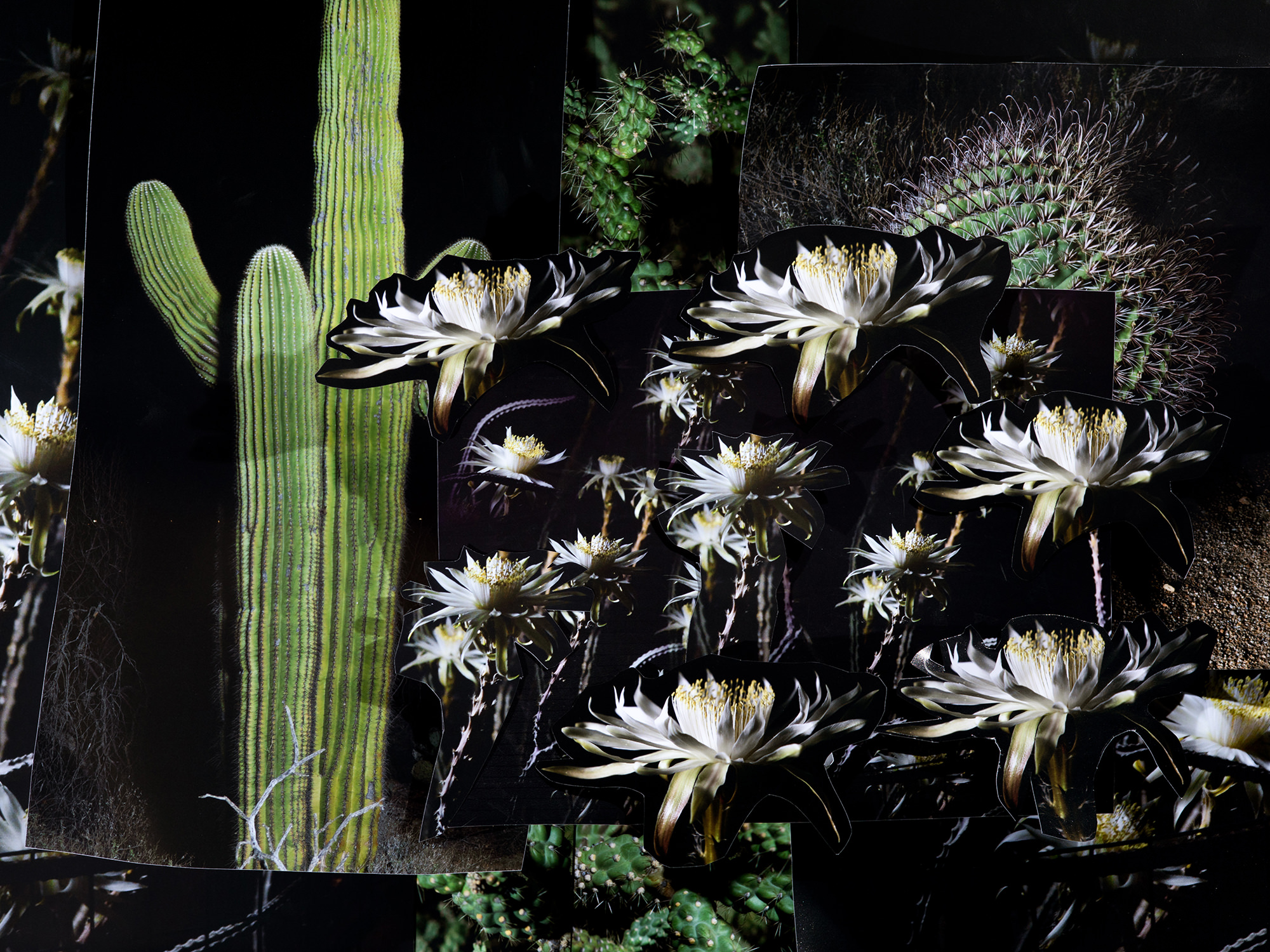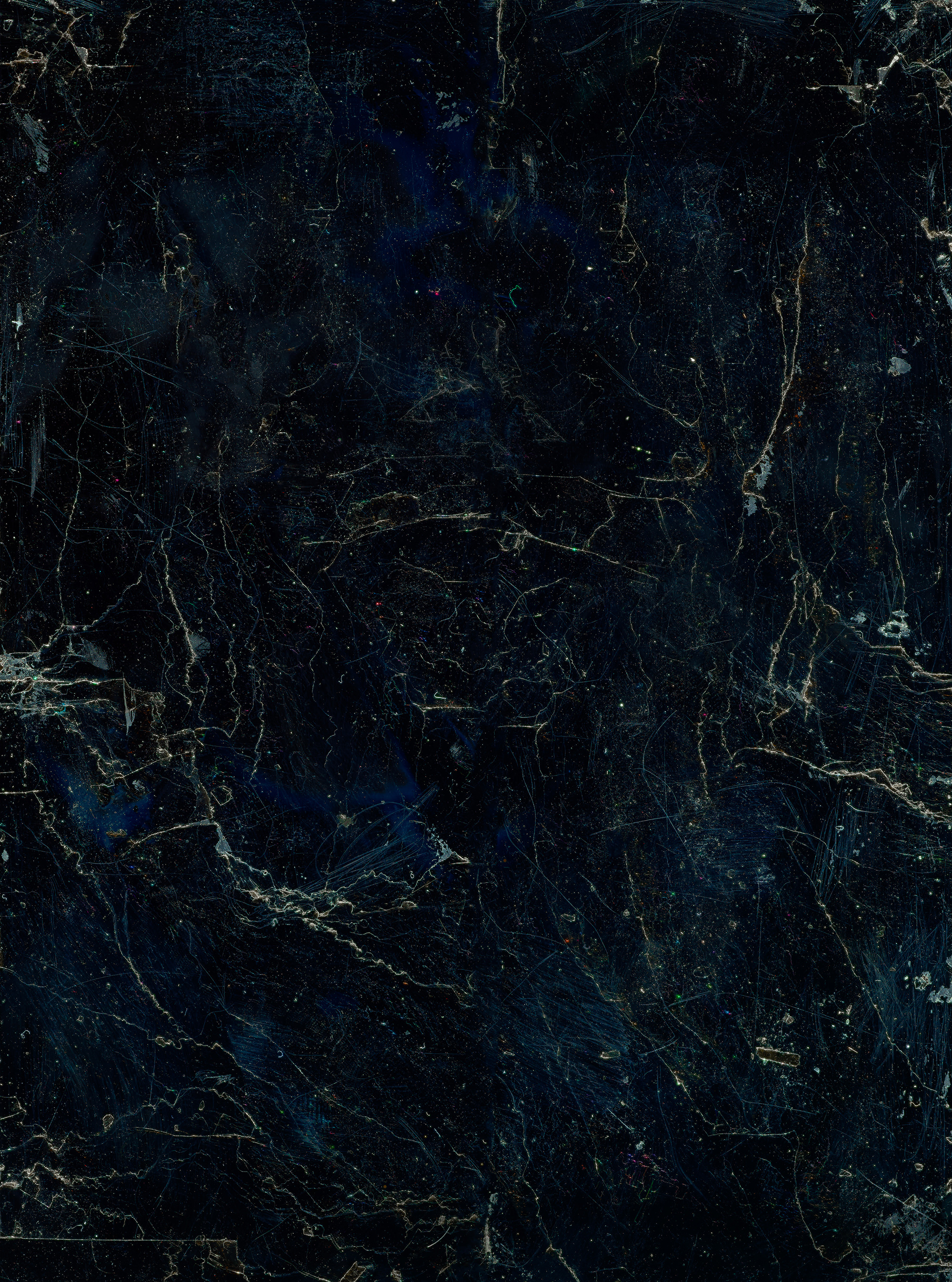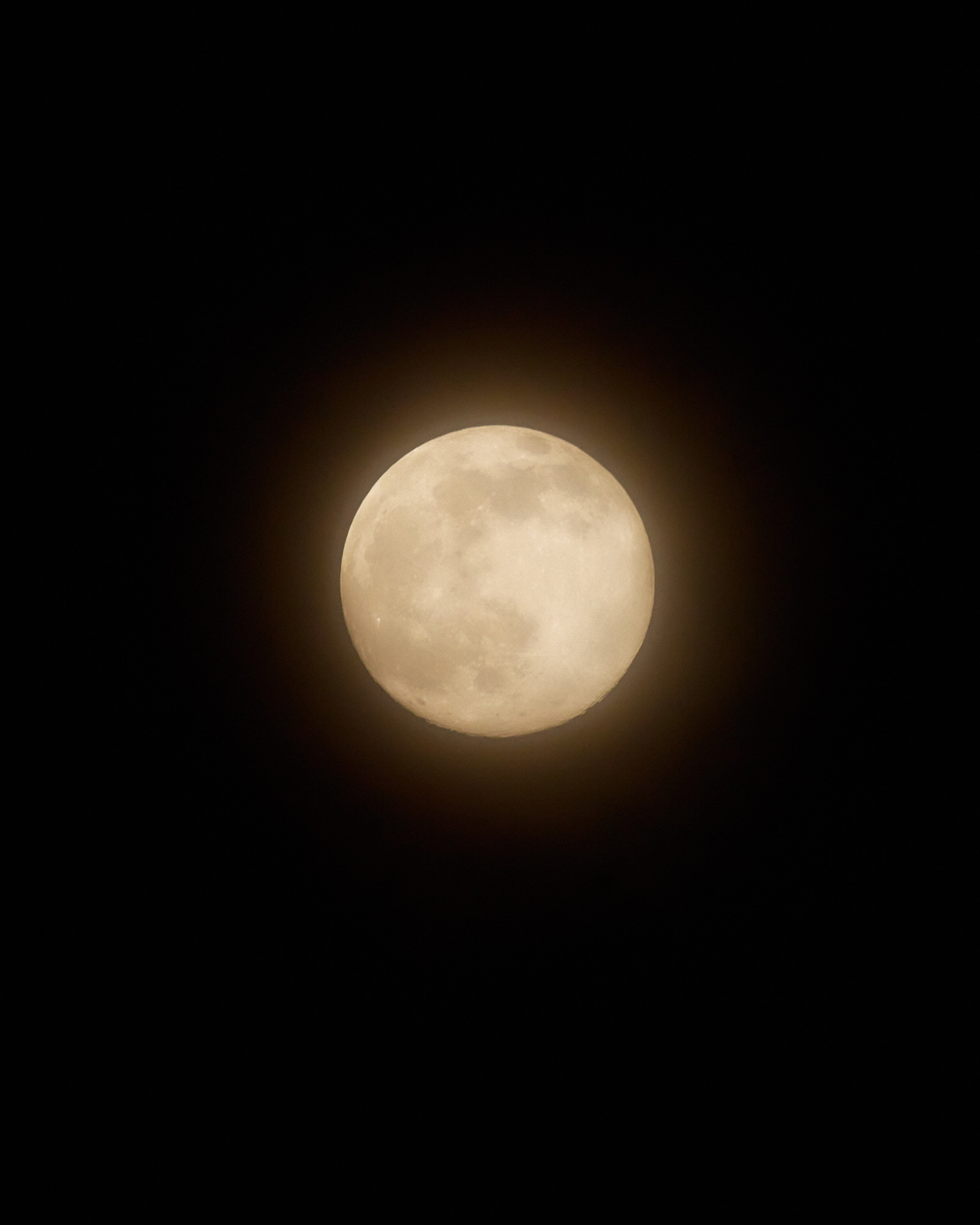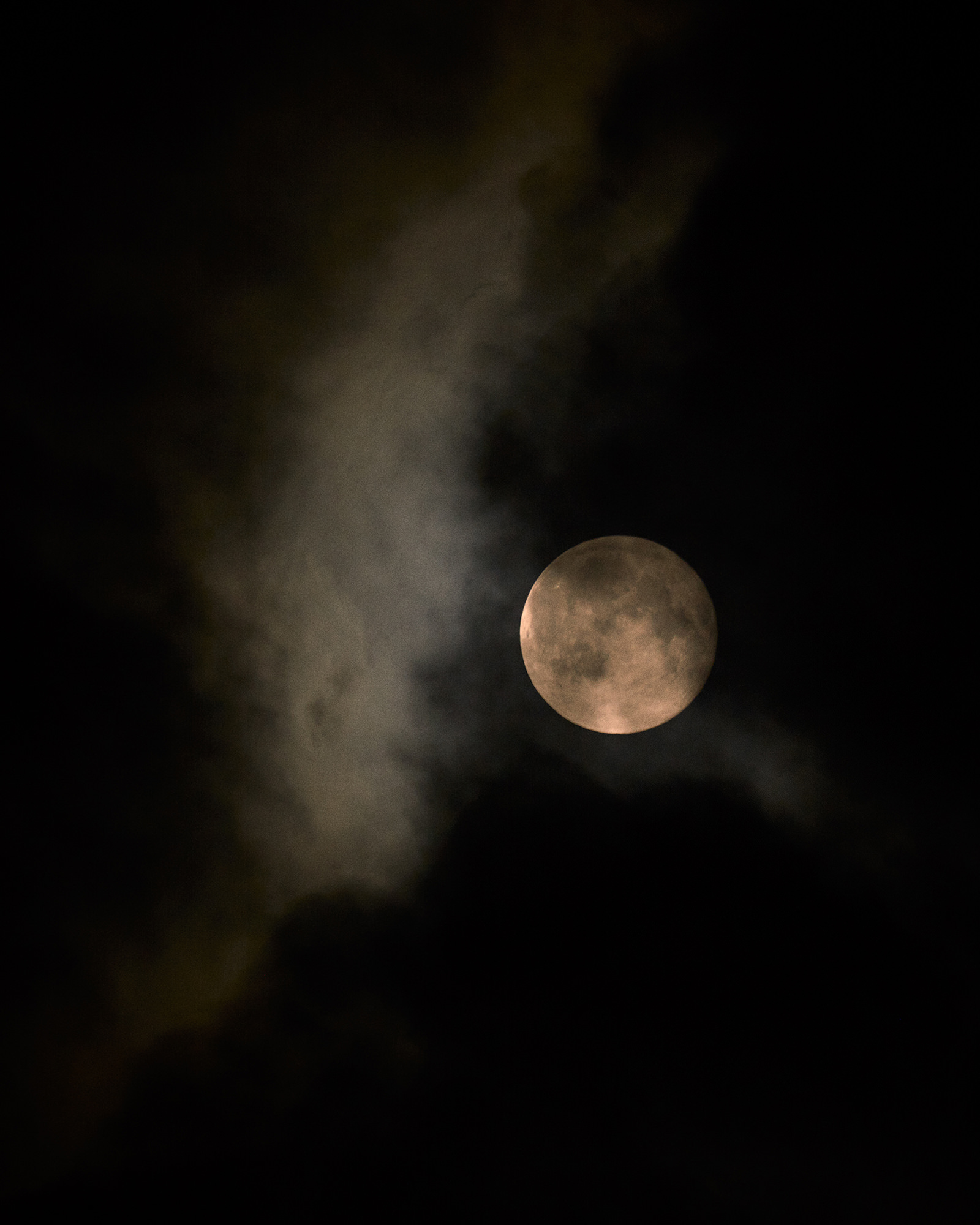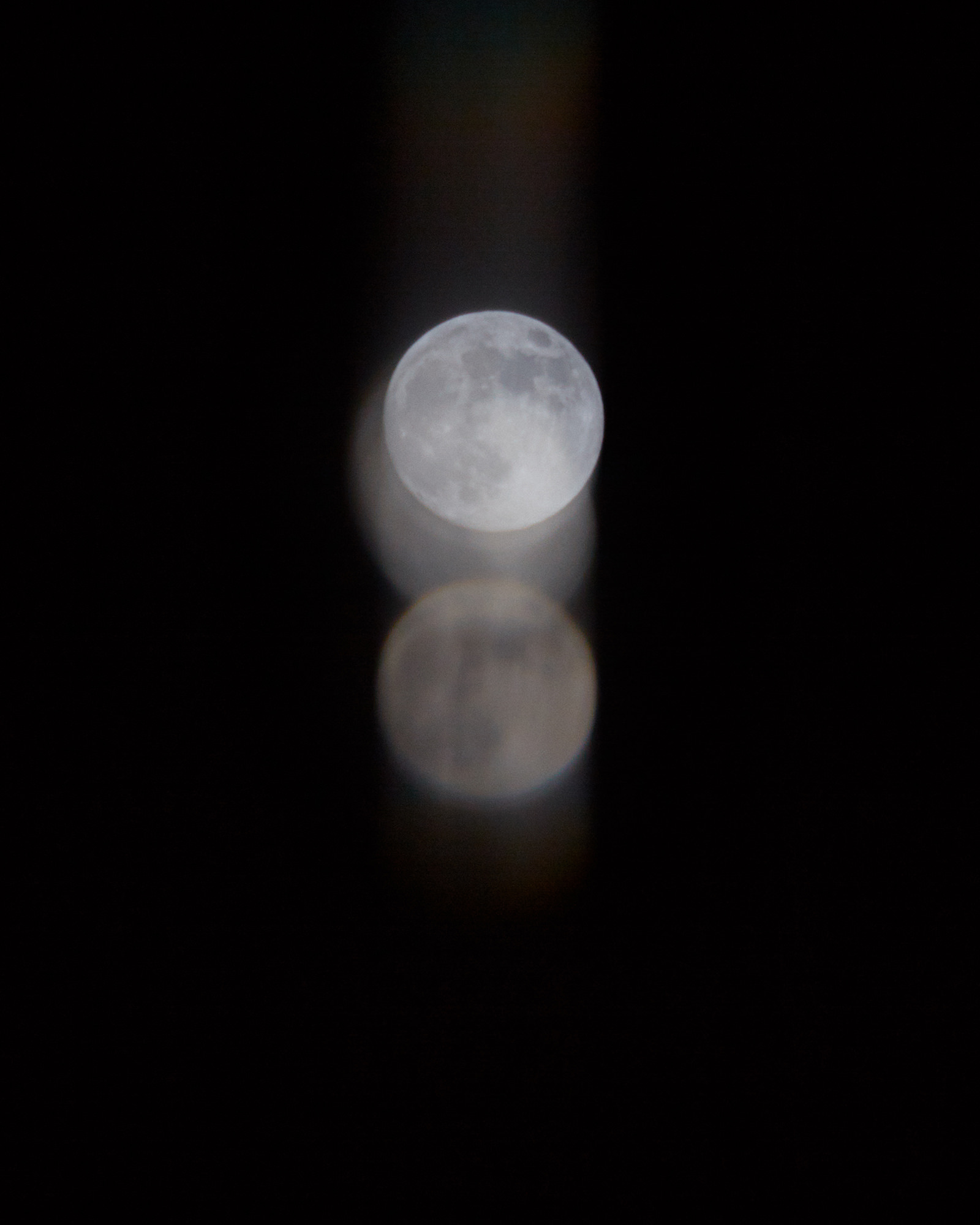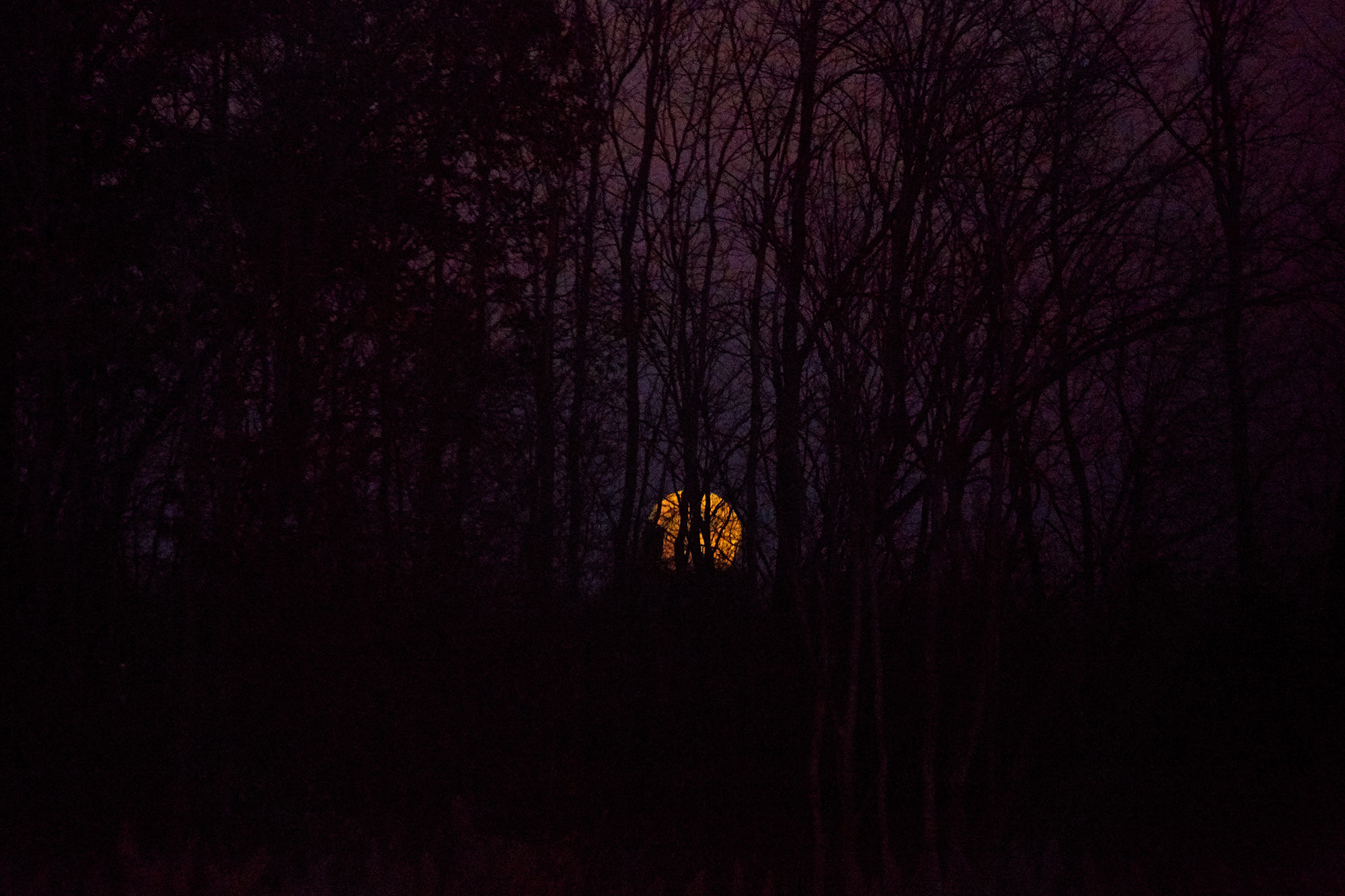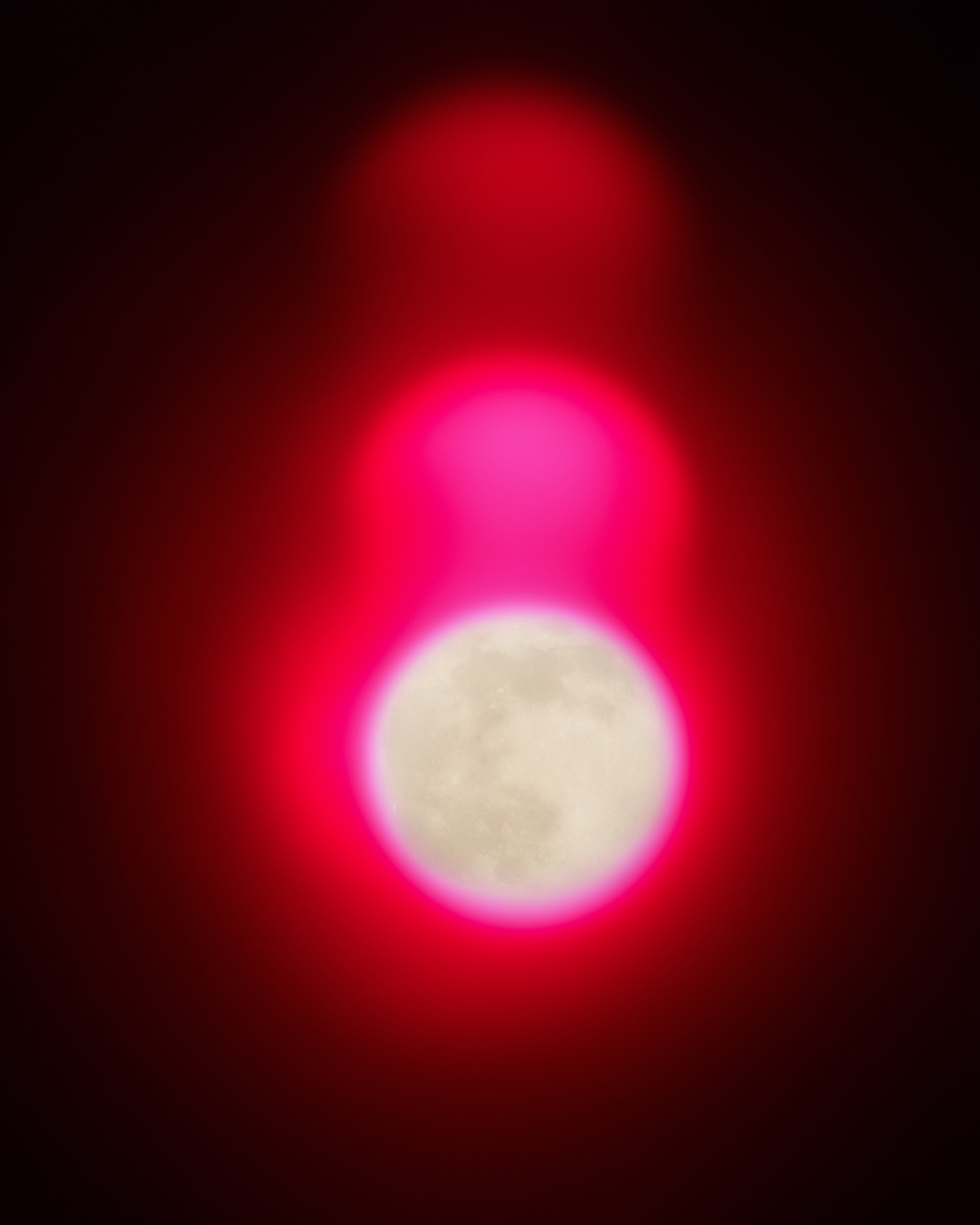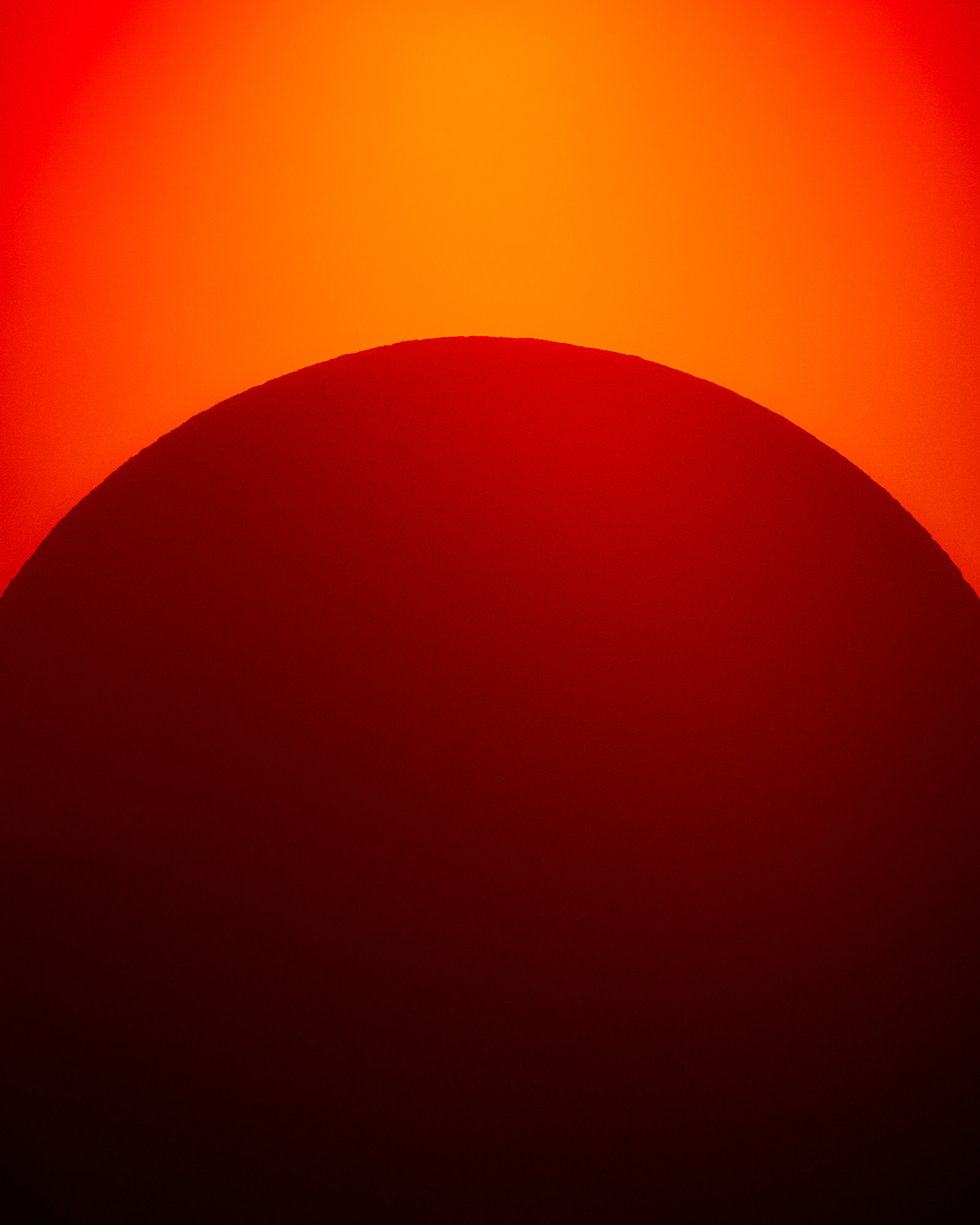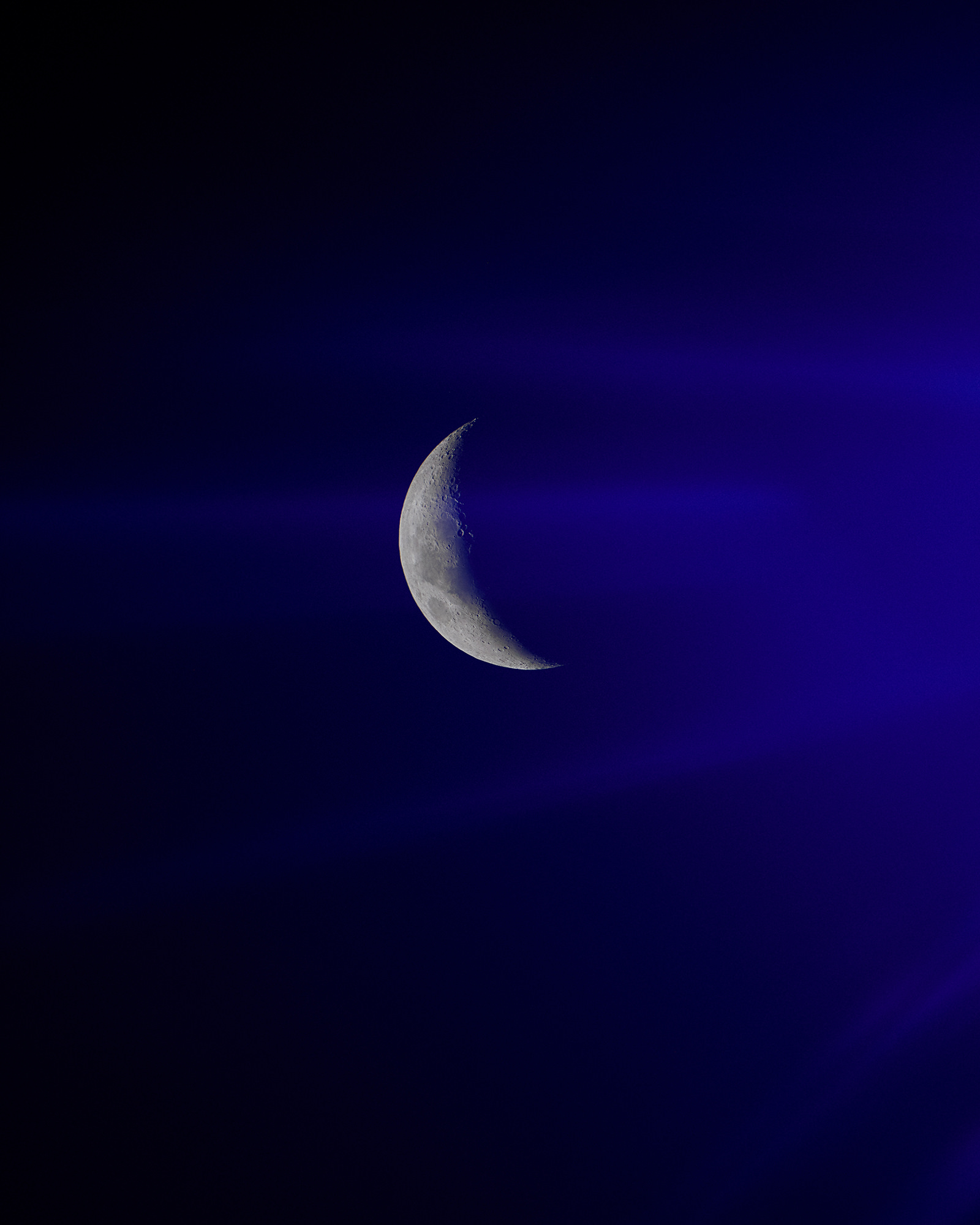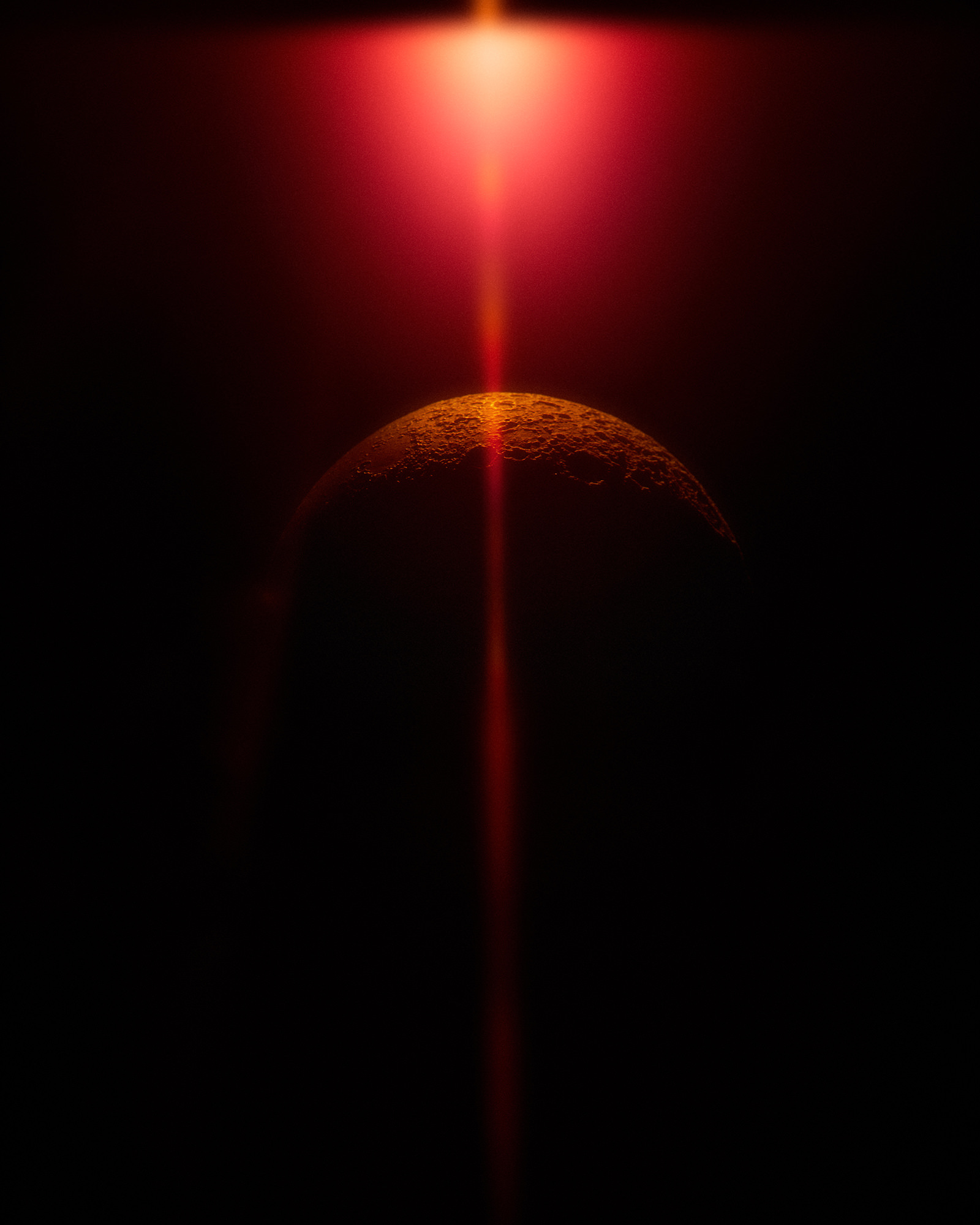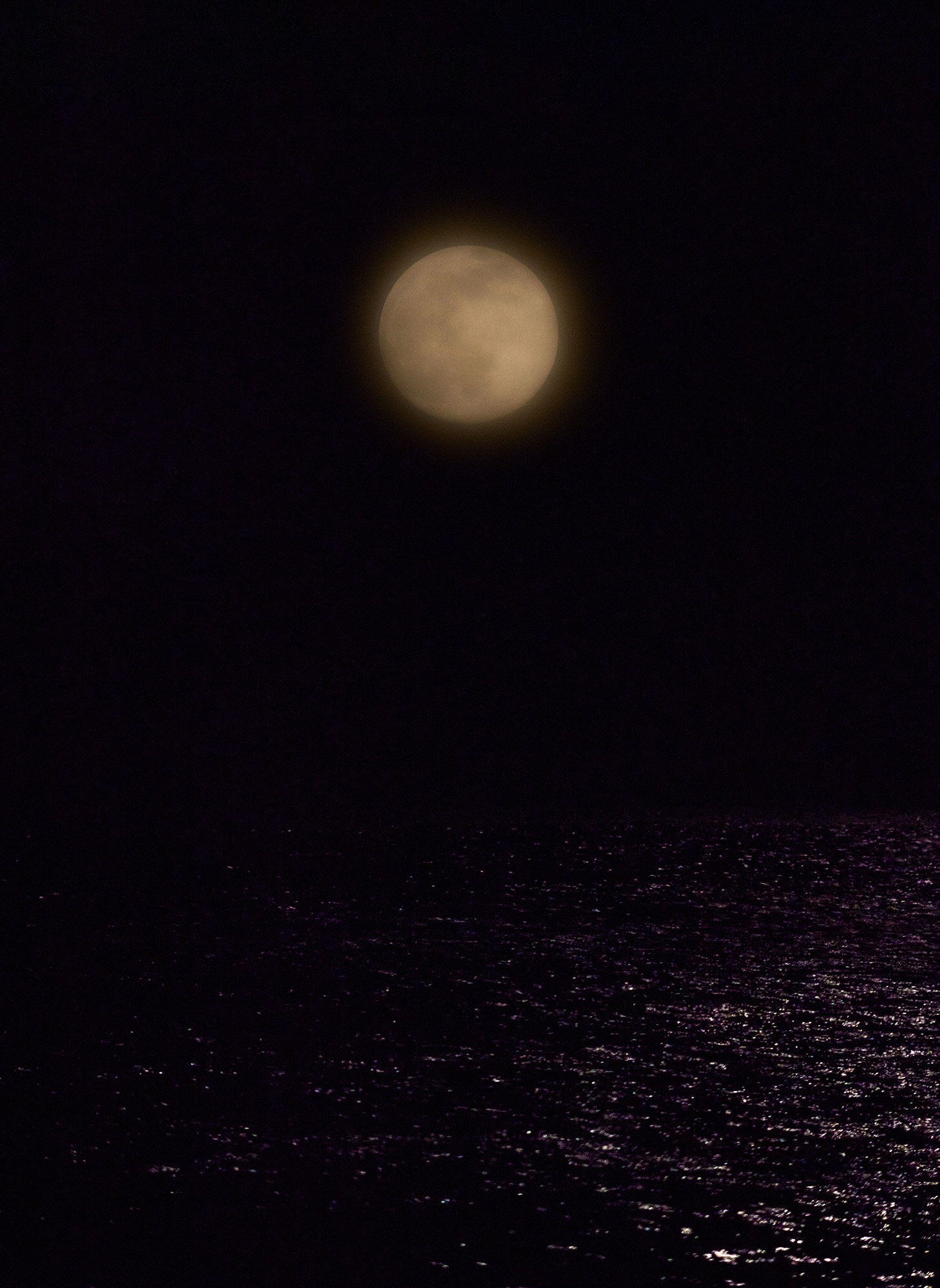Every night, when the sun goes down and the stars come out, the world completely changes. There are plants and animals that come out only at night. People too. And every night the sky puts on a show. Author Roxane Gay (Hunger), radio host David Greene (formerly of NPR’s Morning Edition), author and comedy writer Bess Kalb (Nobody Will Tell You This But Me, Jimmy Kimmel Live), photographer Evgenia Arbugaeva (National Geographic), an 11-year-old who’s afraid of the dark, and more join us as we explore our mysterious world at night.
Celestial Navigation by Stokey Woodall and Byun Young Geun
Queen of the Night by Jo Falls and Emily Margarit Mason
Black by Aspen Mays
Moonlight by Balarama Heller
Video by Stephen Buchmann
